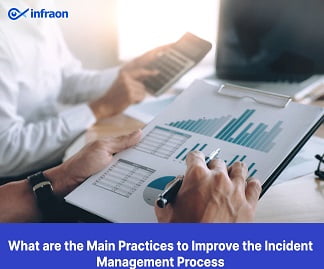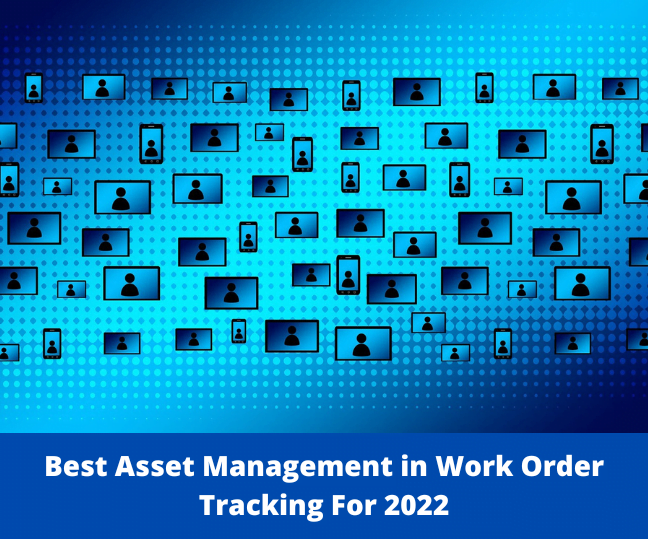Asset management is an essential component of every corporate operation. It refers to managing a company’s assets to optimize its value and returns. Asset management’s essential purpose is maximizing return on investment (ROI) while avoiding risks. Many businesses and equipment managers are talking about asset management. It promises a methodical approach to managing, enhancing, and disposing of assets most economically.
In the modern world, an ROI must be ascribed to every process, division, business, product, and service. ROI is a simple technique to assess and contrast different investments considering their potential to create income. This blog will cover all there is to know about asset management ROI, such as what it is, how to calculate it, and how to increase it.
Related blog: Build Strategic IT Asset Management Planning in 2023
What is Asset Management ROI?
Asset management ROI measures the returns generated by a company’s asset management activities. It shows the value the company has gained from its equipment, real estate, and inventory investments. Asset management ROI is an essential metric for measuring the efficiency and effectiveness of a company’s asset management practices.
Asset management ROI can be used to assess an organization’s asset management program’s effectiveness and identify improvement areas. It can also justify investment in new asset management initiatives or demonstrate existing programs’ value to stakeholders.
How does Asset Management reduce your expenses?
The most popular method manages the procurement, use, deployment, maintenance, and disposal of software by putting best practices and tools into place. According to a Gartner analysis, infrastructure and operations professionals applying a few best practices for license optimization can reduce software costs by as much as 30%.
Quickly Track Warranties and Contracts:
You have far better visibility into the corresponding warranties and contracts status when you track all your assets in one location. You may see information on warranty coverage for equipment and service delivery and more clearly identify contract expirations.
Let’s say your asset management system needs to have this information available for discovery. Then, instead of utilizing the warranty, your technicians might decide to conduct the repair work themselves because they were unaware that the contract still covered the equipment.
Build Reports and Dashboards Quickly:
A cloud-based system with up-to-date data allows you to instantly generate reports on the status of your assets or buildings. You may modify and automate your accounts and pull your data into dashboards. Less data input errors result from technicians being able to update systems in real time without re-entering any information when using mobile data entry.
Also, it becomes much simpler to demonstrate that your company complies with industry regulations. The fear of potential fines or fees for failing to comply with rules can be eliminated by using one system of record to demonstrate that your staff maintains tools and equipment regularly.
Why Asset Management ROI Matters?
Asset management ROI is a crucial metric for organizations that rely on physical assets to generate revenue or operate efficiently. Effective asset management can result in cost savings, improved asset performance, reduced downtime, and increased asset utilization, which can significantly impact an organization’s bottom line.
Asset management ROI allows organizations to quantify the financial impact of their asset management programs, providing insight into the effectiveness of their strategies and identifying areas for improvement. It also helps organizations make informed decisions about future investments in asset management initiatives.

Calculating Asset Management ROI:
Calculating asset management ROI requires two primary pieces of information: the cost of the assets and the returns generated by those assets. The formula for calculating asset management ROI is as follows:
ROI = (Returns – Cost) / Cost
Returns can include any gains the asset generates, such as revenue or cost savings. Cost refers to the initial investment in the asset, including any maintenance or repair costs over its useful life. Once you have calculated the ROI, you can compare it to the cost of capital to determine whether the investment is worth making.
Improving Asset Management ROI
Improving asset management ROI requires a comprehensive approach that involves several steps. The following are some tips for improving asset management ROI:
- Implement a comprehensive asset management system: The first step in improving asset management ROI is to implement a comprehensive asset management system that tracks all assets, including their location, condition, and maintenance history.
- Conduct regular maintenance and inspections: Regular maintenance and inspections can help extend the useful life of assets, reducing the need for costly repairs or replacements.
- Optimize asset usage: Maximizing the use of assets can help increase their returns. It includes scheduling assets for optimal use, minimizing downtime, and reducing waste.
- Reduce risk: Risk management is critical to asset management ROI. It includes identifying and mitigating risks associated with asset ownership and operation.
- Use data analytics: Data analytics can provide valuable insights into asset performance, allowing you to make informed decisions about asset management practices.
- Continuously monitor and improve: Monitoring and improving asset management practices can help maximize returns over time.
Benefits of Asset Management ROI:
There are several benefits to improving asset management ROI, including:
- Improved profitability: Maximizing returns on assets can improve profitability, leading to increased revenues and profits.
- Reduced costs: Effective asset management practices can help reduce maintenance, repairs, and replacement costs.
- Increased asset lifespan: Optimizing asset usage and conducting regular maintenance can extend the useful life of assets, reducing the need for costly replacements.
- Enhanced risk management: Effective asset management practices can help identify and mitigate asset ownership and operation risks.
- Improved decision-making: Data analytics can provide valuable insights into asset performance, allowing you to make informed decisions about asset management practices.
Related article: Top Problems Due to Poor Asset Management
Final Thoughts:
Asset management ROI is crucial for businesses that depend on physical assets to generate revenue or run effectively. It enables businesses to assess the financial results of their asset management activities, pinpoint areas for development, and decide whether to continue investing in asset management projects in the future. Organizations can enhance their asset management strategies and increase the value of their physical assets by using asset management ROI.
Calculating and improving asset management ROI requires a comprehensive approach that involves implementing a complete asset management system, conducting regular maintenance and inspections, optimizing asset usage, reducing risk, using data analytics, and continuously monitoring and improving asset management practices. Improving asset management ROI can lead to several benefits, including improved profitability, reduced costs, increased asset lifespan, enhanced risk management, and improved decision-making.


















